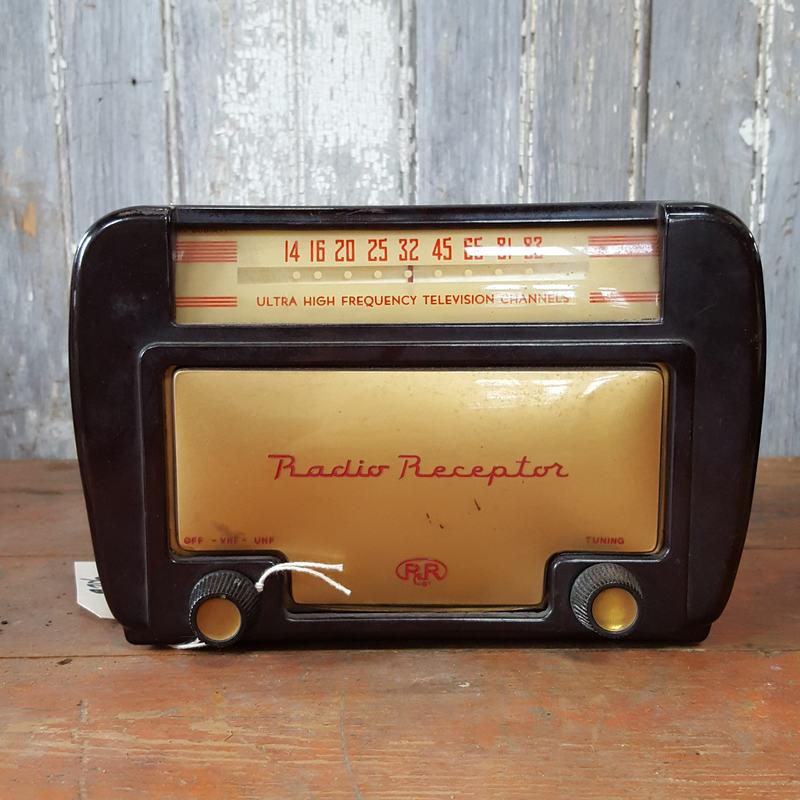Description
UHF television broadcasting is the use of ultra high frequency (UHF) radio for over-the-air transmission of television signals. UHF frequencies are used for both analog and digital television broadcasts. UHF channels are typically given higher channel numbers, like the US arrangement with VHF channels (initially) 1 to 13, and UHF channels (initially) numbered 14 to 83. Compared with an equivalent VHF television transmitter, to cover the same geographic area with a UHF transmitter requires a higher effective radiated power, implying a more powerful transmitter or a more complex antenna.
This external radio receptor has channels 14 to 83, Early receivers were generally less efficient at UHF band reception, and the signals are also subject to more environmental interference. The majority of the 165 UHF stations to begin telecasting between 1952 and 1959 did not survive due to poor reception.
Not until the passage of the 1962 All-Channel Receiver Act did FCC regulations require all new TV sets sold in the U.S. after April 30, 1964 to have built-in UHF tuners that could receive channels 14–83.
Product Code: 9206/F208

